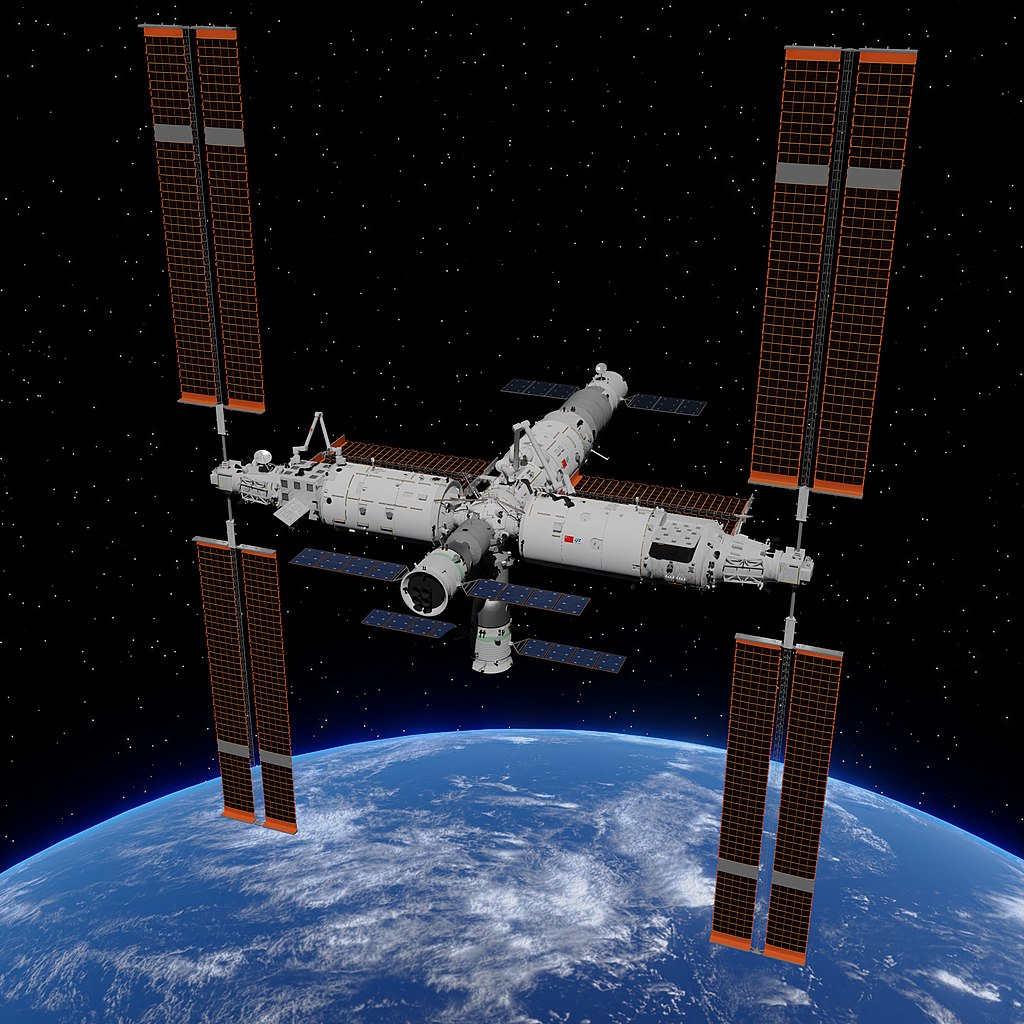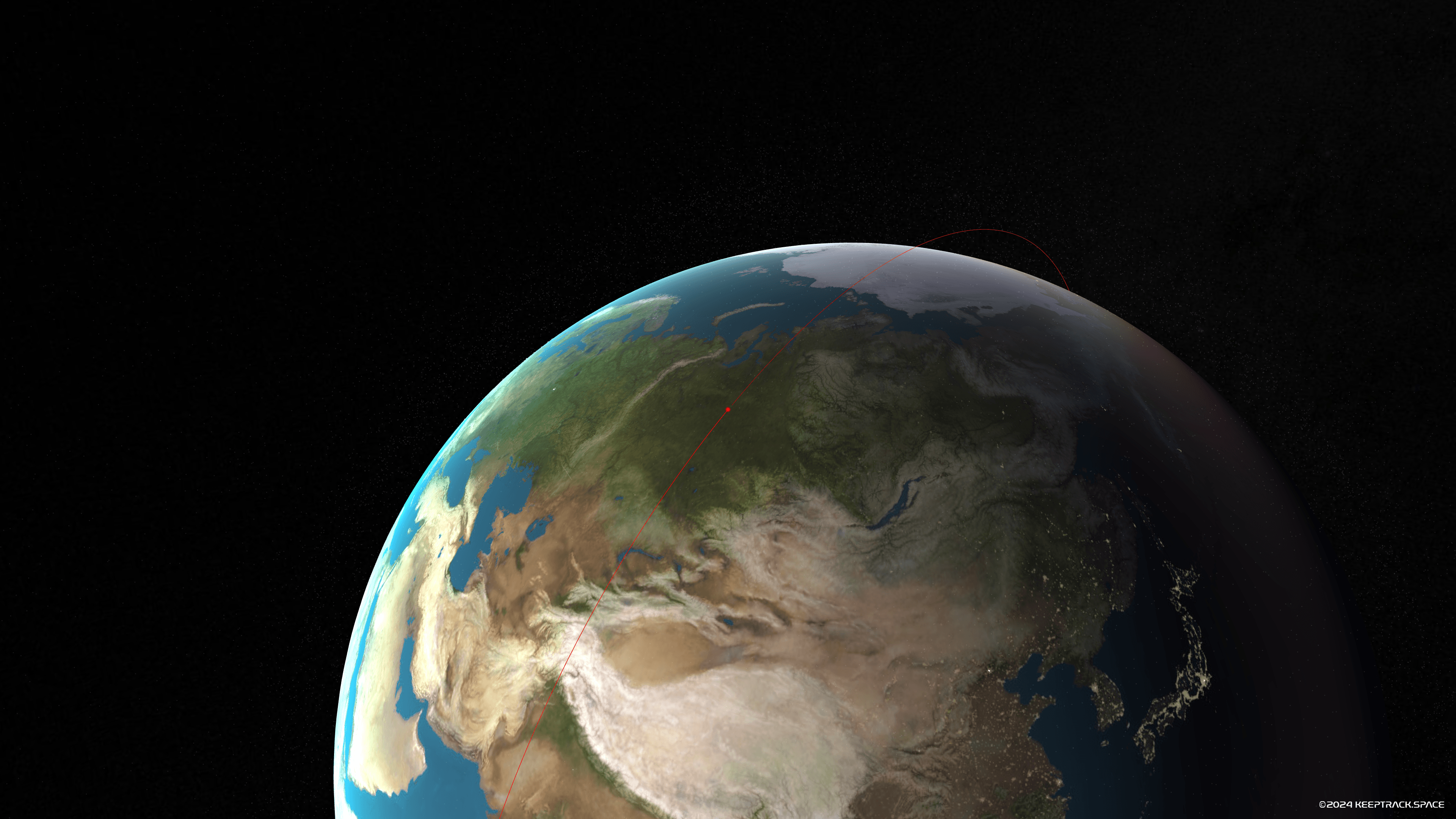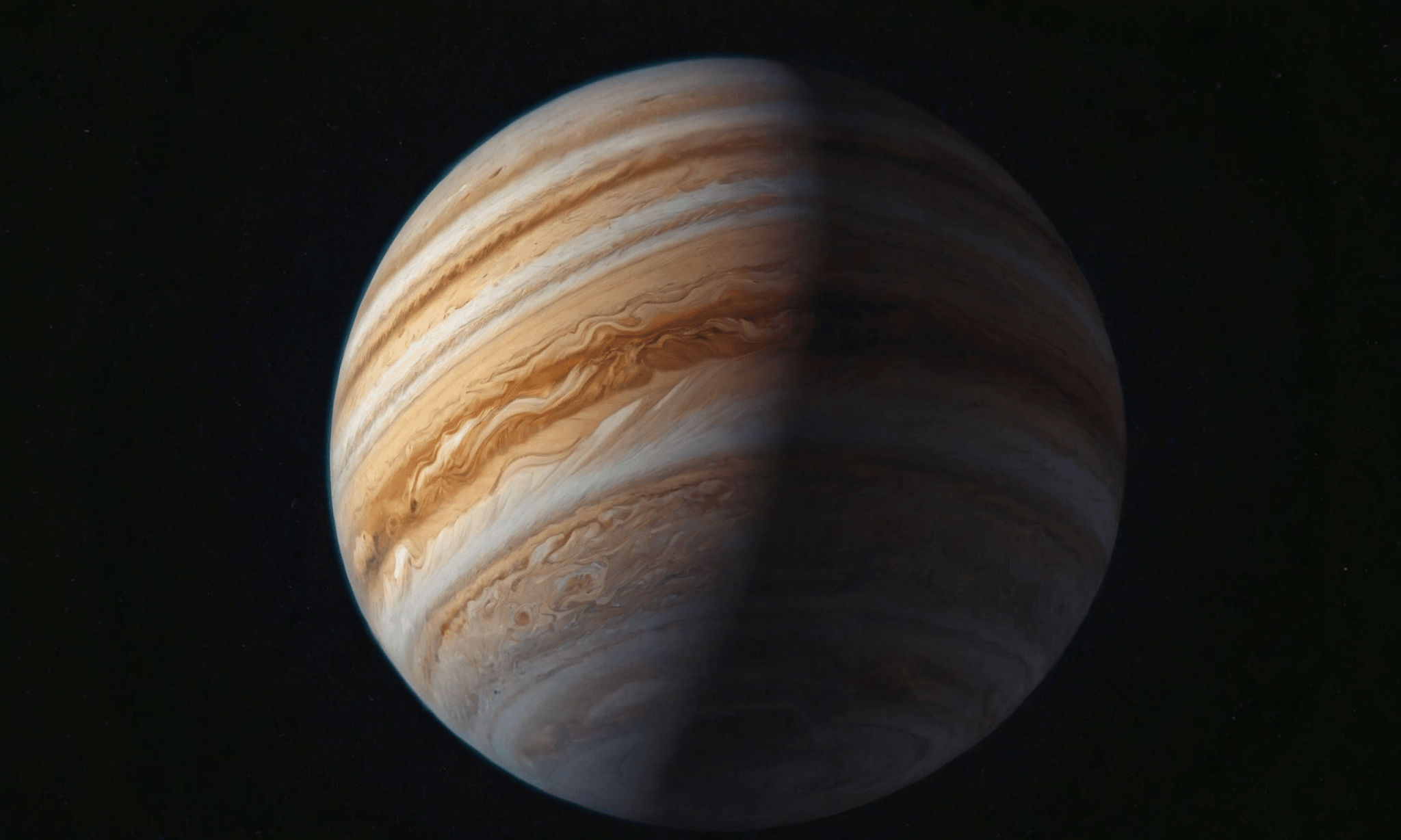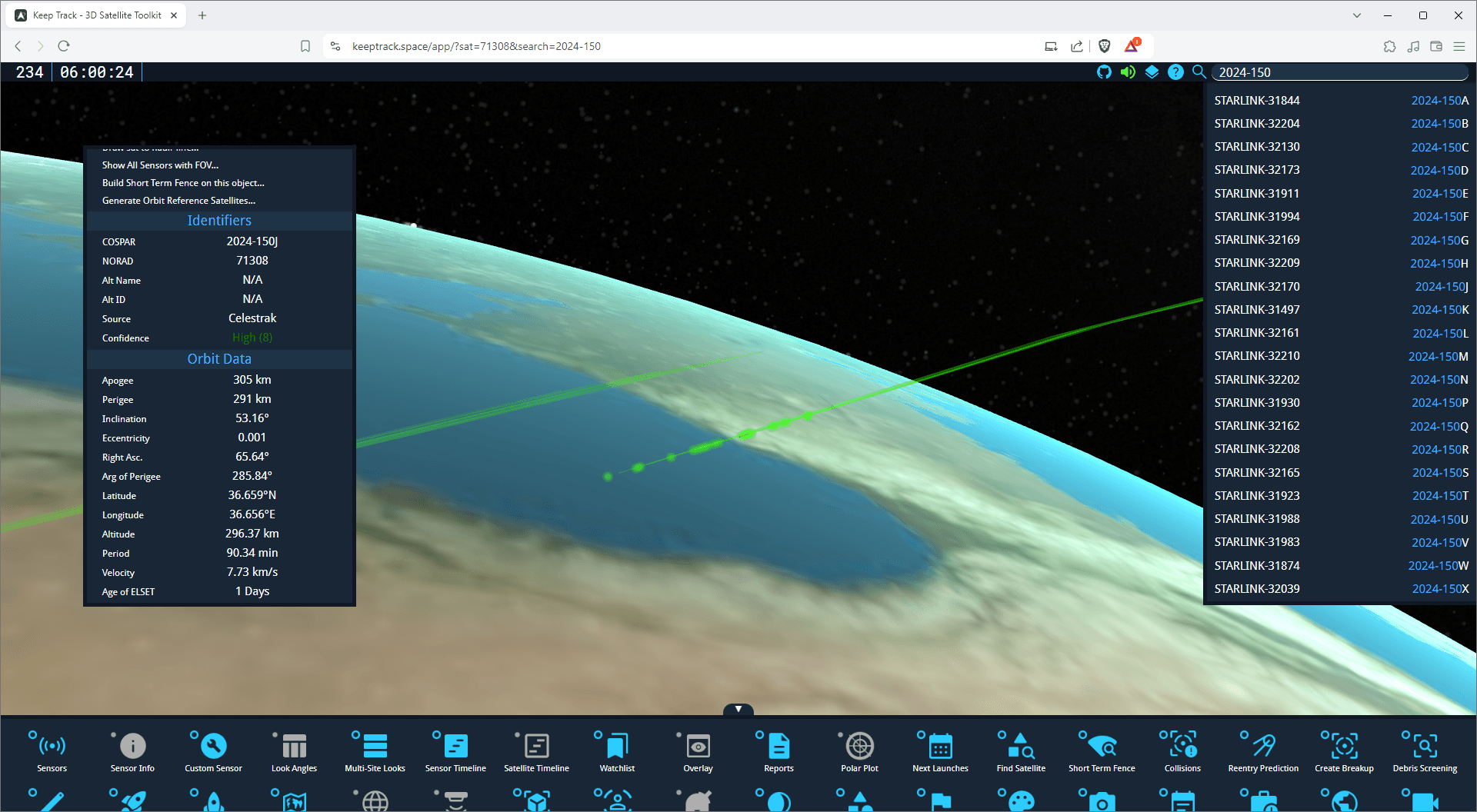· space brief · 5 min read
Space Brief 26 Aug 2024
Today's briefing covers an exciting new satellite launch, a significant reentry, and unexpected space debris from a fragmentation event.
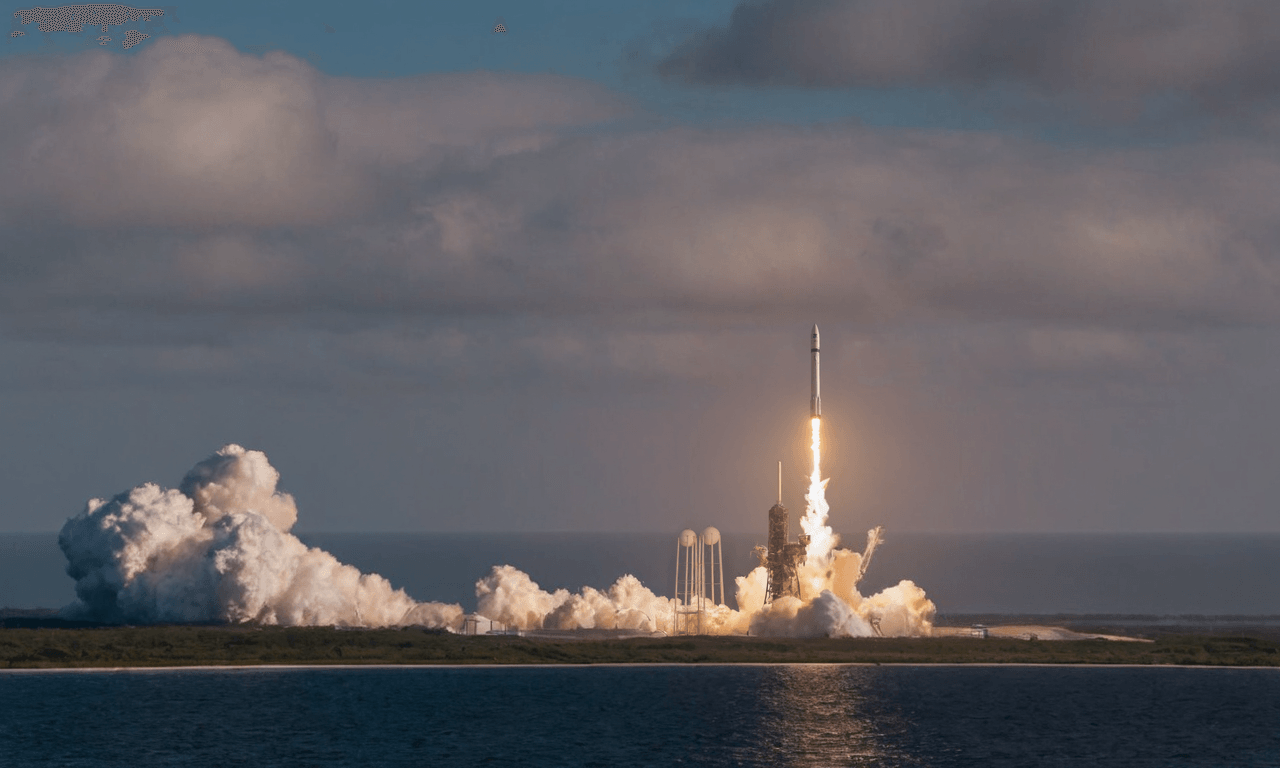
📄Top Stories
In today’s space news, we highlight SpaceX’s successful launch of a new batch of Starlink satellites, an old weather satellite’s atmospheric reentry, and the detection of unexpected debris from a breakup event in low Earth orbit.
📰Detailed Coverage
SpaceX Launches New Starlink Satellites
SpaceX has once again demonstrated its rapid launch capability with the deployment of 60 new Starlink satellites. The mission launched from Cape Canaveral on a Falcon 9 rocket and aims to enhance global broadband coverage.
This launch marks the 47th Starlink mission, further expanding the megaconstellation designed to deliver high-speed internet to remote and underserved areas worldwide. Learn how you can find and track these new satellites by reading the basic tutorial.
Read the full story: Space.com
NOAA-15 Reenters Earth’s Atmosphere
NOAA-15, the venerable weather satellite launched in 1998, has finally reentered the atmosphere. After more than two decades of invaluable Earth observation data, NOAA-15 burned up upon reentry, posing no threat to terrestrial environments.
The end of NOAA-15’s mission highlights the lifecycle of satellites and the importance of tracking their reentries to understand atmospheric interaction and debris risks better. For satellite tracking enthusiasts, follow similar reentries live on our web app using the “Reentry Prediction” button located in the bottom menu.
Read the full story: NASA.gov
Mysterious Debris Detected from Fragmentation Event
A new debris field has been identified in low Earth orbit, originating from what appears to be a recent satellite breakup. Early assessments suggest the debris came from a defunct communication satellite that unexpectedly fragmented.
The tracking of this new debris field is crucial for understanding collision risks and ensuring the safety of operational satellites. Using our app, users can monitor debris in real time and receive updates on potential hazards.
Read the full story: SpaceNews
🛰️Satellite Spotlight
- Satellite Name: Polytech Universe-1
- NORAD ID: 53372
- International Designator: 2022-096C
- Launch Date: 2022 (exact date not provided)
- Mission: Educational and technology demonstration (inferred from owner)
- Orbit:
- Inclination: 97.3768°
- Period: 91.68 minutes
- RAAN: 157.5444°
- Owner/Operator: Peter the Great St Petersburg Polytechnic University
- Interesting Facts:
- Polytech Universe-1 is a 3U CubeSat, part of the growing trend of small, affordable satellites for educational institutions.
- The satellite was manufactured by SPUTNIX Ltd, a Russian company specializing in small satellite technologies.
- Its highly inclined orbit (97.3768°) suggests it may be used for Earth observation or communication purposes that benefit from near-polar coverage.
Current TLE Data:
1 53372U 22096C 24239.15777888 .00146584 00000-0 11682-2 0 99998
2 53372 97.3768 157.5444 0006375 107.6666 252.5293 15.70699101114930
Track this satellite in real-time on our web app: Track Polytech Universe-1
Space Debris Update
Current tracked debris objects: 14002
Notable recent events
- Experts are increasingly concerned about the growing risk of space debris falling to Earth.
- New reports highlight fears over outdated satellites and rocket parts re-entering the atmosphere in an uncontrolled manner.
- Researchers are working on strategies to safely de-orbit these pieces of space junk and mitigate potential hazards.
- Methods being explored include advanced tracking systems, targeted re-entry plans, and innovative clean-up technologies.
Source: Twisted Sifter
🚀Upcoming Space Launches
August 27
- SpaceX Falcon 9:
- Starlink Group 9-5 from Vandenberg Space Force Base (06:33 UTC)
- Starlink Group 8-6 from Cape Canaveral Space Launch Complex 40 (07:13 UTC)
- Polaris Dawn from Kennedy Space Center Launch Complex 39A (07:38 UTC) This mission will carry out the first commercial spacewalk, perform medical research, and test laser-based Starlink communications in space.
August 29
- Galactic Energy Ceres-1S | Unknown Payload from Haiyang Spaceport (05:10 UTC)
- Blue Origin New Shepard | NS-26 from Corn Ranch, Van Horn, TX, USA (13:00 UTC) This suborbital flight will carry six passengers.
August 30
- SpaceX Falcon 9:
- NROL-113 from Vandenberg Space Force Base (02:51 UTC) This mission involves a reconnaissance satellite constellation for the National Reconnaissance Office.
August 31
- SpaceX Falcon 9:
- Starlink Group 8-10 from Cape Canaveral Space Launch Complex 40 (05:39 UTC)
September 4
- Arianespace Vega | Sentinel-2C from Guiana Space Centre, French Guiana (01:50 UTC) Sentinel-2C provides high-resolution optical imagery for land services.
September 11
- Mitsubishi Heavy Industries H-IIA 202 | IGS Radar 8 from Tanegashima Space Center, Japan (04:00 UTC) The IGS Radar 8 satellite serves both national defense and civil natural disaster monitoring in Japan.
- ROSCOSMOS Soyuz 2.1a | Soyuz MS-26 from Baikonur Cosmodrome, Republic of Kazakhstan (16:22 UTC) This mission will carry two cosmonauts and one astronaut to the International Space Station.
Note: Launch dates and times are subject to change due to technical or weather considerations.
💡Did You Know?
The term Molniya orbit refers to a highly elliptical orbit with an inclination of approximately 63.4 degrees. This unique orbit was pioneered by the Soviet Union for communication satellites, allowing extended coverage of high latitude regions. Satellites in Molniya orbits have an apogee of about 40,000 km over the northern hemisphere and a perigee of about 1,000 km over the southern hemisphere, with a period of roughly 12 hours.
🔬Technical Corner
Orbital Precession and its Impact on Satellite Operations
Orbital precession is the gradual rotation of an orbit’s axis around the central body. For Earth-orbiting satellites, this phenomenon is primarily caused by the Earth’s non-spherical shape (particularly its equatorial bulge) and gravitational effects from the Sun and Moon.
Key points:
- The rate of precession depends on the satellite’s altitude and inclination.
- For sun-synchronous orbits, precession is used to maintain a constant solar time for ground track repetition.
- Satellite operators must account for precession when planning long-term mission operations and station-keeping maneuvers.
Understanding and accounting for orbital precession is crucial for maintaining desired orbital characteristics and ensuring optimal satellite performance over extended mission durations.


